From Rugged Roots to Electric Trails: Jeep’s Evolution Begins
For decades, the Jeep name evoked dust-caked trails, unpaved freedom, and mechanical simplicity. It was never about speed or sleekness—it was about capability. Whether crawling over boulders in Moab or navigating rutted forest paths, Jeep stood for raw, rugged exploration. But in 2025, the iconic American brand is undergoing one of the most dramatic reinventions in its history. Faced with tightening emissions regulations, a new generation of eco-conscious adventurers, and fierce competition from electric newcomers, Jeep is steering off the gas-powered road toward a future defined by electric adventure.
At the heart of this shift are concept models like the Jeep Magneto and Jeep Recon—vehicles that reimagine what electric off-roading could feel like without losing the brand’s core identity. With slogans like “Zero Emissions, 100% Jeep,” the company aims to assure loyalists that the spirit of off-road capability is not being sacrificed in the name of sustainability—it’s being recharged. But can a brand built on roaring engines and mud-splattered endurance survive the quiet hum of electrification? Jeep thinks it can, and it’s banking on a unique formula of nostalgia, innovation, and culture-first storytelling to make it happen.
The Rise of the Magneto: Proving EVs Can Be Hardcore
The Jeep Magneto wasn’t built to blend in. As an all-electric concept based on the Wrangler Rubicon, it retains the iconic shape and trail-rated toughness that Jeep fans expect—but under the hood lies a custom-built electric powertrain capable of delivering 625 horsepower and 850 lb-ft of torque. It’s not just an electric Jeep—it’s an electrified beast.
Unlike many EVs focused on efficiency and range, the Magneto was created as a performance lab to test what electrification could bring to extreme off-roading. The instant torque delivery of electric motors actually provides an advantage on rocky terrains and steep ascents, where traditional engines might stall or lag. Jeep has even retained a manual transmission interface, not out of necessity, but to satisfy enthusiasts who associate gear changes with control and personality.
More than just a proof of concept, the Magneto signaled Jeep’s commitment to reimagining power and sustainability together. It also opened the door for future electric platforms to maintain modifiability—something crucial to Jeep’s aftermarket culture. By designing the Magneto to accommodate lifts, winches, and oversized tires, Jeep reassured its core base: this is still your Jeep—just with a battery under the hood.
Enter the Recon: Electrifying the Lifestyle, Not Just the Engine
If the Magneto represents Jeep’s mechanical ambition, the Jeep Recon is its lifestyle manifesto. Slated for production, the Recon is built from the ground up as a battery-electric SUV, inspired not by conversion but by intention. Boxy, bold, and instantly recognizable, the Recon brings electric capability to a new audience of weekend adventurers, nature-first drivers, and urban dwellers who want rugged aesthetics without the emissions guilt.
Open-air freedom—a Jeep signature—is preserved with removable doors and roof panels. But what sets the Recon apart is its integration of digital and physical worlds. Built on Stellantis’ STLA Large platform, the Recon is expected to include real-time terrain scanning, over-the-air trail map updates, regenerative braking tuned for descent control, and battery optimization modes for multi-day excursions. Jeep is not just electrifying the engine—it’s electrifying the entire ownership experience.
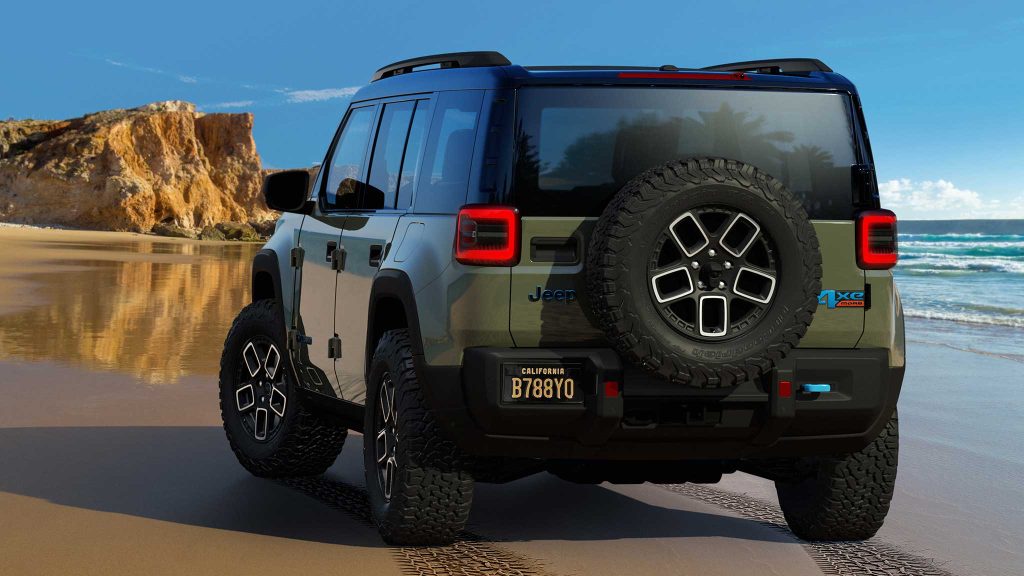
In targeting Recon to both veteran off-roaders and EV newbies, Jeep aims to bridge two tribes: the analog purists who’ve always driven Wranglers and the younger, climate-aware buyers coming from Teslas or Rivians who want adventure without emissions. In doing so, Jeep is positioning itself not just as a vehicle manufacturer, but as a curator of electric outdoor culture.
Preserving Symbols: What Makes a Jeep Still a Jeep?
One of the biggest challenges in Jeep’s rebranding is symbolic continuity. The seven-slot grille. The round headlights. The trapezoidal wheel arches. These are more than design elements—they’re emotional markers. Jeep’s success depends on making sure electric models don’t feel like sterile tech products but retain their visual and tactile connection to the past.
Internally, Jeep has prioritized this alignment. The design teams ensure that even new electric models like the Recon or future Grand Cherokee EV retain that upright stance, muscular wheelbase, and modular utility. Interior styling has also evolved to support this bridge between tradition and tech: rubberized surfaces meet panoramic displays, and classic grab handles sit beside AI-driven navigation.
Crucially, Jeep is retaining its Trail Rated badge system, applying it to EVs that meet specific benchmarks in ground clearance, water fording, articulation, and off-road capability. This allows the brand to speak in the same language, even as the vocabulary of propulsion changes. Jeep doesn’t want to erase its past. It wants to make sure its electric future honors it.
Environmental Accountability: From Campfire to Carbon Footprint
Jeep’s shift toward electrification isn’t purely strategic—it’s existential. The brand’s deep ties to national parks, camping culture, and outdoor enthusiasts have made it vulnerable to criticism from environmental groups. You can’t celebrate wild places while accelerating their degradation. By pivoting to EVs, Jeep aligns its product offering with its lifestyle branding.
Moreover, Jeep has made public commitments to carbon neutrality, aiming to electrify 100% of its model range by the end of the decade. Initiatives like the “Jeep 4xe Charging Network” are underway, building solar-powered charging stations at trailheads and off-road parks across the U.S. and Europe. These aren’t just practical additions—they’re part of the story. They reinforce the idea that electrification can deepen, not limit, one’s connection to nature.
Still, skeptics remain. Critics point out that battery production carries its own environmental costs, and that most Jeep EVs will still be driven in cities more than on trails. But Jeep’s bet is this: if you make electrification aspirational—if you root it in emotion, heritage, and accessibility—then the rest of the industry may follow.
Marketing to the Electrified Nomad
The shift toward “electric adventure” is not just a technological pivot—it’s a cultural reframing. Jeep has long appealed to individualists, explorers, and outliers. The move to electric is being positioned as an evolution of that independence, not a betrayal of it.
Digital campaigns for the Magneto and Recon emphasize silent movement through majestic landscapes, zero-emissions trails, and the ability to camp without leaving a trace. Taglines like “Roam Farther. Leave Less.” reflect a philosophical update to the Jeep ethos. Instead of conquering nature, the modern Jeep driver is invited to coexist with it.
This messaging has found traction especially with Gen Z and millennial buyers who value adventure but also worry about climate anxiety. In this way, Jeep’s electric future may be more emotionally aligned with its origin story than many assume. After all, the original Willys Jeep was born out of necessity, versatility, and function—not excess or flash. In a strange way, electrification brings Jeep full circle.
Can Jeep Keep Up With EV Pioneers?
While Jeep’s electric ambition is clear, it faces stiff competition. Rivian has established itself as the EV adventurer’s badge of choice, with sleek designs and clever features like the gear tunnel. Tesla’s Cybertruck, though controversial, has reignited interest in electric utility vehicles. Even Ford’s F-150 Lightning has proven that electrified ruggedness can sell.
Jeep’s advantage lies in its brand legacy. No other automaker carries the same trail-tested reputation or emotional connection to off-roading. If it can successfully marry this DNA with modern EV platforms, it stands a good chance of outlasting trendier newcomers.
The biggest challenge may lie in execution. Can Jeep deliver real-world range in remote areas, robust charging infrastructure, and battery durability under harsh conditions? Can it maintain profit margins while investing in global EV production and battery sourcing? These are not design problems—they’re logistical and strategic puzzles.
Conclusion: Reinventing Without Renouncing
Jeep’s electrification journey in 2025 is about more than watts and volts. It’s a live experiment in how legacy brands can honor their past without being held back by it. The Jeep Magneto and Recon are more than product names—they are symbols of a new identity that doesn’t apologize for wanting both the planet and the thrill.
In embracing electric adventure, Jeep invites drivers to a quieter, cleaner, but no less thrilling world. It’s still about getting dirty, climbing rocks, and sleeping under stars—just with less noise and fewer fumes. And for many drivers, that’s not a compromise. It’s a sign of progress.



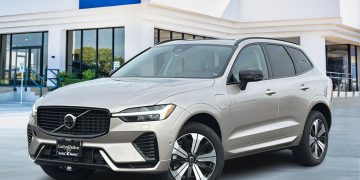
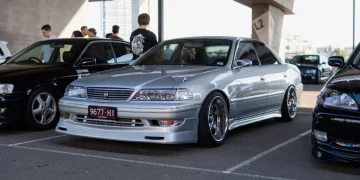

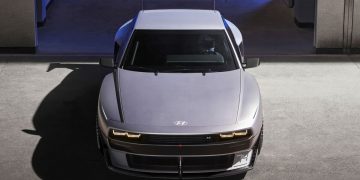


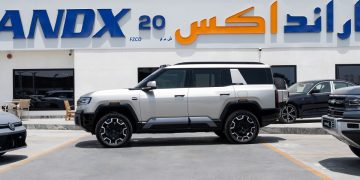

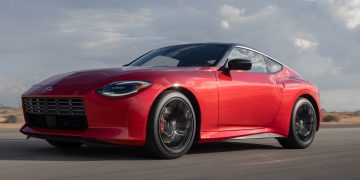


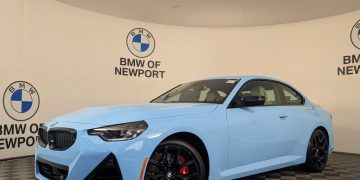



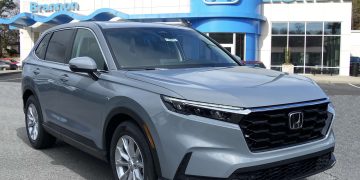

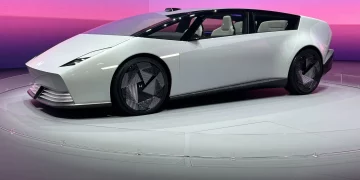
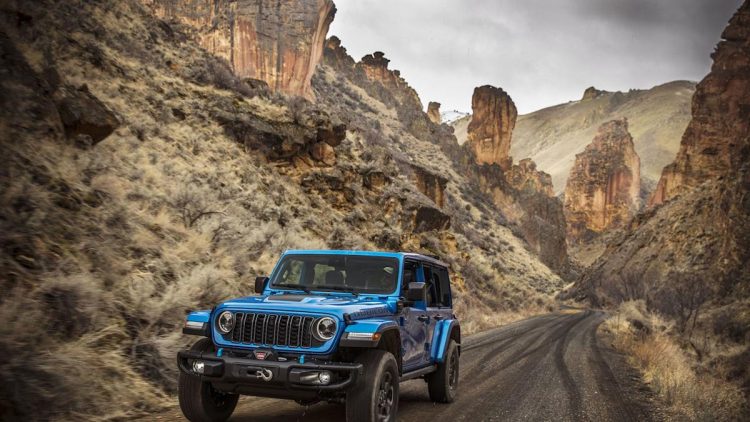












Discussion about this post